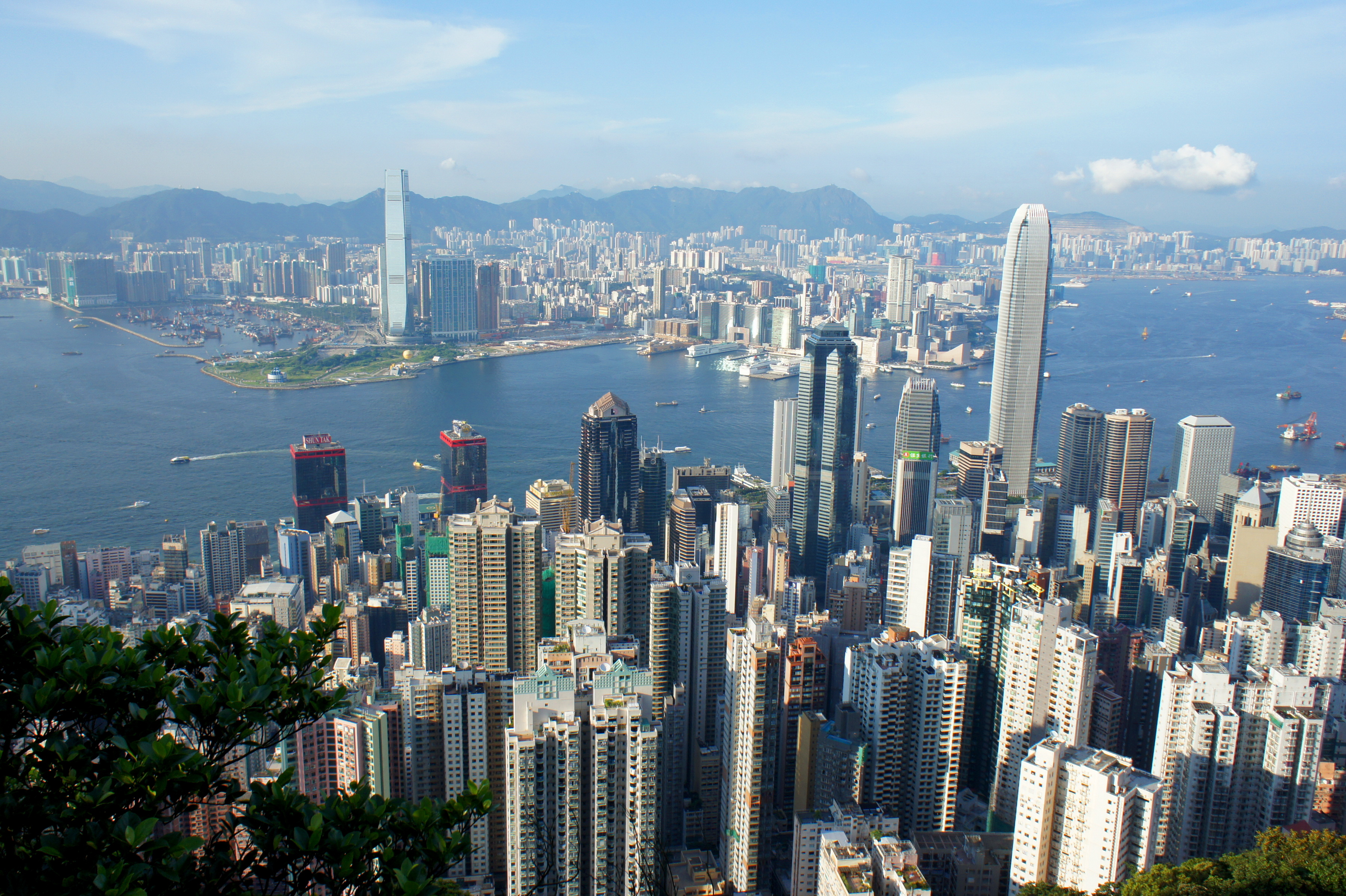On the other hand, John Cowperthwaite was a British civil servant and functionary. So pretty even.
(just kidding ghost of Sir John, please don't come haunt me)
Thursday last was the anniversary of the 1984 Sino - British Joint Declaration on the handover of Hong Kong on 1 July 1997, which reminded me that the piece below had dropped out of one of the feed-readers a couple days earlier.
From the LSE Business Review blog:
Over the past 60 years, Cuba doubled its economic prosperity, while Hong Kong increased it 14-fold, writes Neil Monnery
In 1960, Cuba and Hong Kong had a similar level of GDP per capita at around $4,500 in today’s money[1]. By 2018 Cuba’s GDP per capita had risen to around $9,000. By contrast, Hong Kong had reached $64,000 per capita, a similar level to the US and Switzerland. Over 60 years, Cuba had doubled its economic prosperity where Hong Kong had achieved a 14-fold increase.In the early 1960s, Hong Kong and Cuba faced a choice. Each government needed to determine what economic policies to pursue. Whilst they broadly voiced the same objectives — to improve living standards, manage unemployment and develop their economies — they would end up following very different solutions. And, helpfully for those interested in the results of economic policy, they would largely remain true to their choices for the following six decades.In Cuba, the crony-capitalist regime of Fulgencio Batista was overthrown by an alliance headed by Fidel Castro on 1 January 1959. Castro had communicated little by way of an economic agenda other than a commitment some years earlier to land reform. When he took control, he appointed a liberal president and prime minister. Even six months after the revolution, in July 1959 the one certainty Castro asserted was: ‘I am not a communist and neither is the revolutionary movement’. But being a consummate politician Castro knew that he could not leave a policy vacuum. His land reform agenda would need to be followed by a more active agenda than the coalition government was likely to develop. To create his economic plan he turned to an unlikely source, his deputy in the revolutionary army, Che Guevara.Meanwhile, Hong Kong was also questioning what economic direction to take. Hong Kong had made a surprisingly rapid recovery from the desolation of wartime Japanese occupation. The entrepôt trade with China had bounced back, only to be decimated by US sanctions on China during the Korean War. Remarkably, a nascent textile industry, founded by entrepreneurs fleeing communist China, emerged taking up the slack. Soon spindles were spinning yarns, looms were weaving cloth, dyes were colouring fabric, and needle workers were sewing garments. A wave of competitively priced textiles hit the US and UK markets. And although Prime Minister Macmillan and President Kennedy championed free trade in general, in practice they tried to protect their decaying domestic industries. In 1960 Arthur Clarke, the financial secretary (the equivalent of finance minister), argued Hong Kong could continue until markets were closed to exporters, ‘or we can do something to plan our economy’, abandon laissez-faire and move to regulation and control. Since he was retiring, he left the decision to his successor, John Cowperthwaite.These two men, Che Guevara and John Cowperthwaite, would be the architects of a great natural economic experiment. Most people today think of Che Guevara as a revolutionary who fought against capitalism, authoritarianism and US imperialism. Less well known is that Guevara was central to the creation of Cuba’s economic policy in the early 1960s; policies that remain largely unchanged. He ran the land reform programme, was President of the National Bank of Cuba, Minister of Industry, member of the National Directorate for the economy, member of the Council of Ministers, and chief negotiator with the Soviet bloc. Guevara would steer Castro and Cuba towards a Marxist economy. He led the collectivisation and nationalisation of agriculture; nationalised virtually all industrial and commercial activity; introduced central planning; established price controls and rationing; replaced the currency and seized most savings; set the wage levels of all jobs; set industrial policy and investment; and controlled all foreign exchange and bartered with Russia, China and other communist countries.Cowperthwaite spent much of his first year as financial secretary persuading the US and the UK to remain open to imports from Hong Kong. He then turned to the question posed by his predecessor. Many, including the government and civil service in London were keen that Hong Kong follow the emerging UK consensus of industrial planning, Keynesian deficits, nationalisation, activist economic policies, high inflation, high levels of government spending and high taxation. How much of this emerging global consensus did Cowperthwaite and his colleagues adopt? Virtually nothing. Cowperthwaite defended the free-market, laissez-faire, free-trade, low taxation, privately owned model where firms, risking their own money, decided where to invest, and which industries to liquidate. The Sunday Times would note that ‘it was one of those glorious accidents that a man unversed in the 20th century’s fad for socialism could apply his 18th century ideas in a territory unencumbered with democracy. Governors came and went, but Cowperthwaite kept balancing budgets, lowering taxes and keeping markets open, including the market in immigrants’ (The Times, 3 February 2006)....
....MUCH MORE
Here are a couple views of Hong Kong, both from Victoria Peak.
The first is only dated "1960's":

And in 2011:

Here are a couple views of Hong Kong, both from Victoria Peak.
The first is only dated "1960's":

And in 2011:
